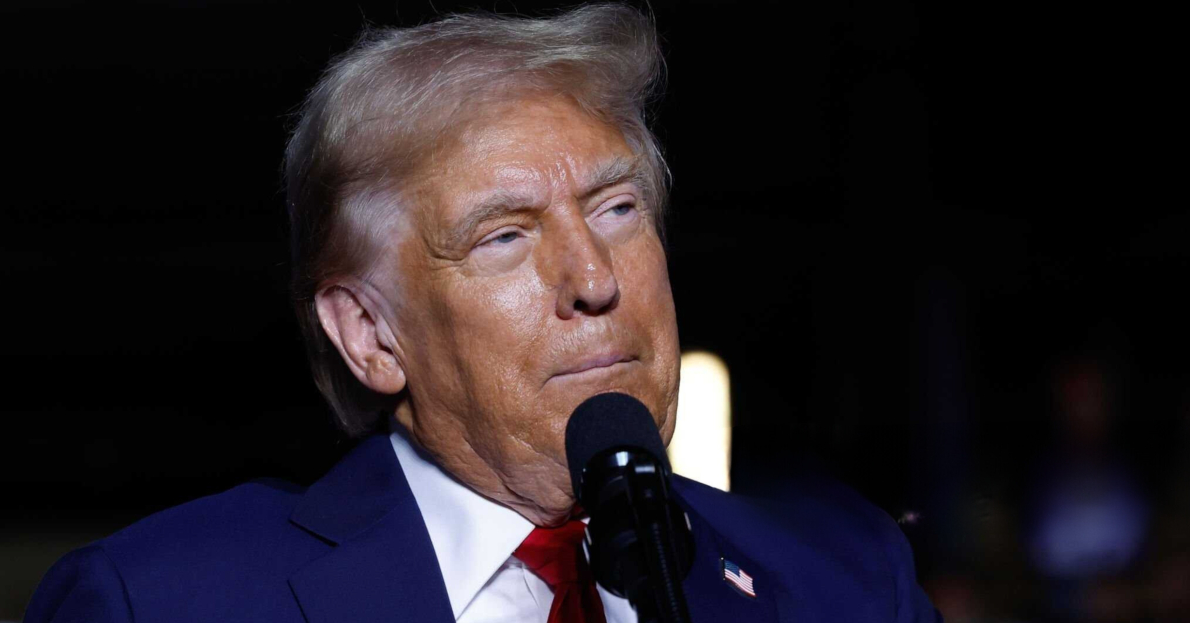How Did Donald Trump Become President Again? (Part 1)
Professor Peter Beattie, Political Economist & Political Psychologist, Chinese University of Hong Kong (CUHK)
12-Nov-24 15:00

Embed Podcast
You can share this podcast by copying this HTML to your clipboard and pasting into your blog or web page.
Close
Donald Trump is once again President of the United States of America.
He did so by defeating Democratic Party candidate Kamala Harris relatively comfortably. Heading to this year’s polls, all eyes were on the seven swing states – Pennsylvania, Michigan, Wisconsin, Georgia, Arizona, Nevada and North Carolina. Trump managed to win every single one of these states. Not only that, but he is also the first Republican candidate to win the popular vote since George W. Bush in 2004.
So, how did he do it?
I speak to Prof Peter Beattie, Political Economist & Political Psychologist at the Chinese University of Hong Kong (CUHK).
In part 1 of this conversation, we discuss:
• How the rise of inequality in the US contributes to Trump winning
• Why some of Joe Biden’s progressive policies did not sway voters
• How the media landscape in the US shapes politics
• US government’s backing of Israel’s genocide in Gaza
• If the Democratic Party is too left-wing/progressive
Image credit: Shutterstock
Produced by: Dashran Yohan
Presented by: Dashran Yohan
This and more than 60,000 other podcasts in your hand. Download the all new BFM mobile app.
Categories: politics, international, controversies, government
Tags: the bigger picture, beyond the ballot box, us elections 2024, donald trump, united states of america, usa, american politics, republicans, democrats, us presidential elections,

